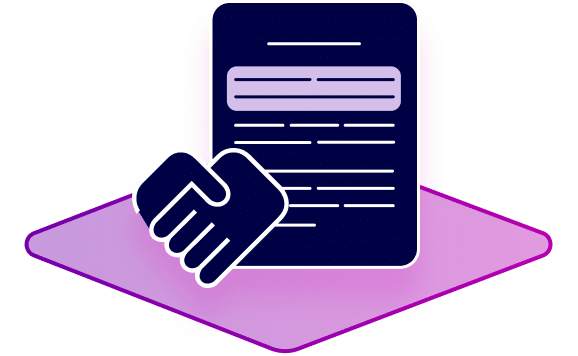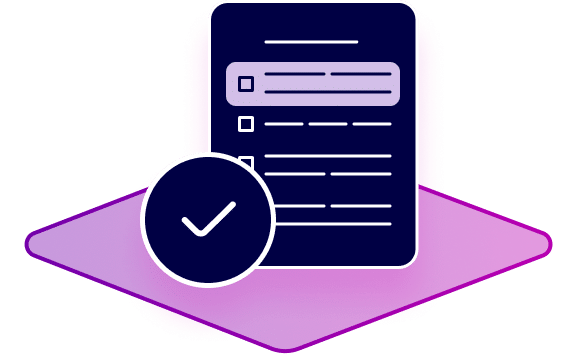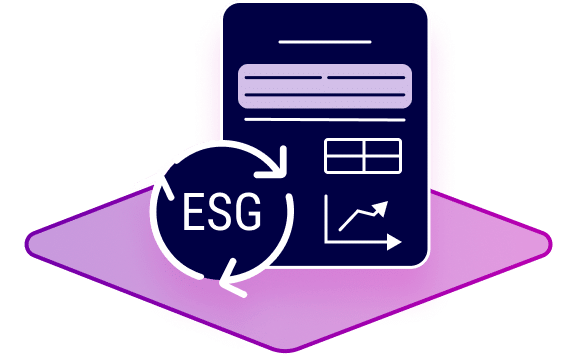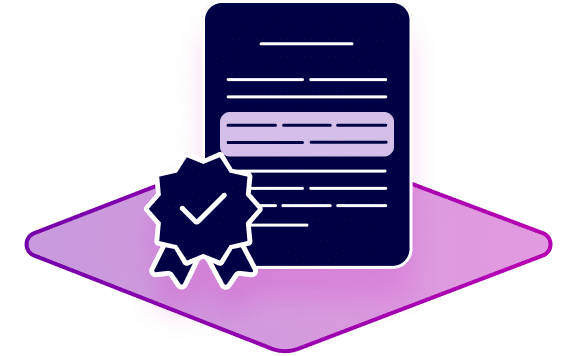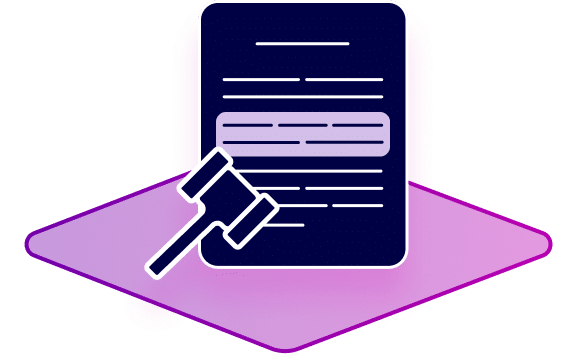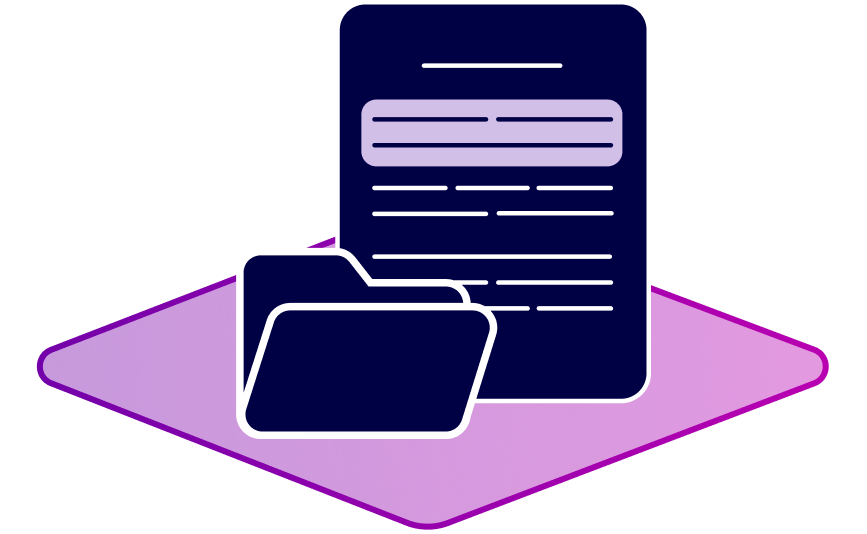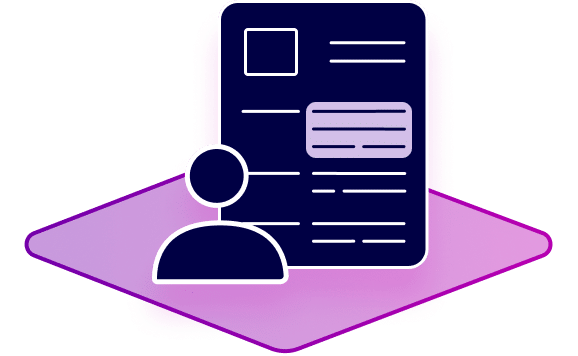
InsurTech: Definition, Use Cases and Benefits
Global megatrends, demographic changes, new market entrants are forcing the insurance industry into a historic transformation. InsurTech is one way to address the challenges with the help of new digital products and processes.
What you’ll learn in this article:
- What is InsurTech? A simple Definition
- Status quo and trends in InsurTech
- Which technologies are used in InsurTech?
- Use cases for InsurTech along the value chain
- Conclusion
What is InsurTech? A simple Definition
The term InsurTech, a blend of the words insurance and technology, describes digital technologies used for greater process efficiency and cost savings at insuring companies, but also new digital business models in the insurance industry.
The term was coined in the early 2010s in reference to FinTech, the umbrella term for startups setting out to transform the financial industry.
Status quo and trends in InsurTech
Until 2015, the InsurTech market was a barely measurable niche. Just five years later, in 2020, it was valued at $9.8 billion and is expected to reach $179.6 billion in 2030. One reason for the massive growth: the COVID pandemic. With employees being confined or sent to their home-office, insurers got aware of the urgent need to modernize or digitize their processes. And where demand grows, so does supply.
According to OliverWyman’s InsurTech Radar, 80 percent of B2B InsurTechs were able to acquire more new customers during the pandemic alone, with over a third recorded growth by more than 50 percent.
Industry leaders are increasingly recognizing that they need to speed up their digital transformation.
The volatile and uncertain economic situation makes risk assessment more difficult. With the help of smart applications, companies can forecast much more accurately. At the same time, customers today expect fast, digital support, intuitive digital self-services and personalized products, as they are a standard in other industries. Without state of the art processes and products, these expectations cannot be met, or only at exorbitant cost.
While the first generation of InsurTech startups focused on improving the relation with customers, current InsurTechs concentrate on digital processes within insurance companies.
Which technologies are used in InsurTech?
Artificial Intelligence
Artificial intelligence (AI) and sub disciplines such as machine learning are the key driver of innovation in the insurance industry.
- With the help of AI, insurers can implement sophisticated automations, for example to speed up the review of claims among other things.
- AI in risk determination enables insurers to make better forecasts and thus offer attractive premiums which helps to gain market share.
- Chatbots based on Natural Language Processing and AI reduce personnel costs in customer support and claims clarification. Moreover, customer satisfaction increases as customers now receive immediate support.
In both life and property and casualty insurance, the use of basic AI is already commonplace as insurers save millions. In the future, the use of AI-based processes will only continue to expand.
Cloud technologies
AI applications are only as good as the database they work with. A cloud-based infrastructure is the best way to easily merge internal and external data sources and quickly integrate new applications. Through APIs, innovative tools can be seamlessly added to the insurer’s customer journey and accelerate business growth. Last but not least, insurers can keep their IT operating costs low with a flexible cloud infrastructure.
Internet of Things (IoT)
IoT devices are connected to the Internet and continuously transmit data about their function or use. IoT devices can be found in almost every insurance sector.
Use cases for InsurTech along the value chain
InsurTech is not only about startups targeting customers with new business models, but also about products that established insurers can use at every stage of their value chain.
Risk assessment
Combining IoT and AI, insurers can significantly improve the accuracy of their risk assessment, not just on a global level, but on an individual level. Example: If insureds demonstrate regular and sufficient physical activity via their smartwatches, insurers could automatically take this into account when calculating premiums. Insurance of industrial assets could be based on IoT data used by an AI, enriched with external data sources, to forecast risk.
Underwriting
Underwriters must sift through numerous text documents every day to assess the insurability of risks and the extent to which the request can be mapped within their own policies. Within minutes, AI tools can automatically check queries for compliance with existing policies. Semantic AI models even find matches independently of specific wording. They then reliably indicate mismatches between requirement document and policy document, allowing underwriters to focus their review on potentially problematic paragraphs.
Insurance Premiums
When insurers’ digital ecosystems are in the cloud and based on microservices, digital payment tools can be easily integrated into customer-facing processes. Customers can then set up their payments with just a few clicks and save a lot of time. Especially when insuring one-off events via digital apps, automations can then increase the closing rate.
Claims settlement
In the event of a claim, insureds expect a quick claims check. With an AI document analysis, insurers can automate and speed up their processes. The applications check whether and to what extent a claim for benefits is justified in a fraction of the time it would take a human employee to fulfill the task. But it’s not just the insured who benefit. For the insurer, the risk of incorrect assessments is reduced because the AI, once configured, delivers a consistently high level of checking quality.
Conclusion
InsurTech is about to profoundly change the insurance landscape. For established providers, the innovative products are an opportunity to expand their own market position – despite numerous unpredictabilities and increasing risks. No industry leader can afford to ignore InsurTech and its development.
There is practically no area in which InsurTech could not help save massive amounts of time and money. From sales and underwriting to claims management and customer care, automation, AI forecasting and blockchain minimize staffing and free up resources for the strategic development of the company as well as tasks in consulting and customer care where humans are well superior to machines.
With lots of innovative dynamics in the InsurTech market, not every product delivers on its promises. For insurers, it is therefore important to take sufficient time when selecting InsurTech for their processes. Request product demos and do a low-risk proof of concept to verify if the application is flexible and scalable enough for your needs to give you a measurable competitive advantage.
Picture: Adobe Stock / A Stockphoto

